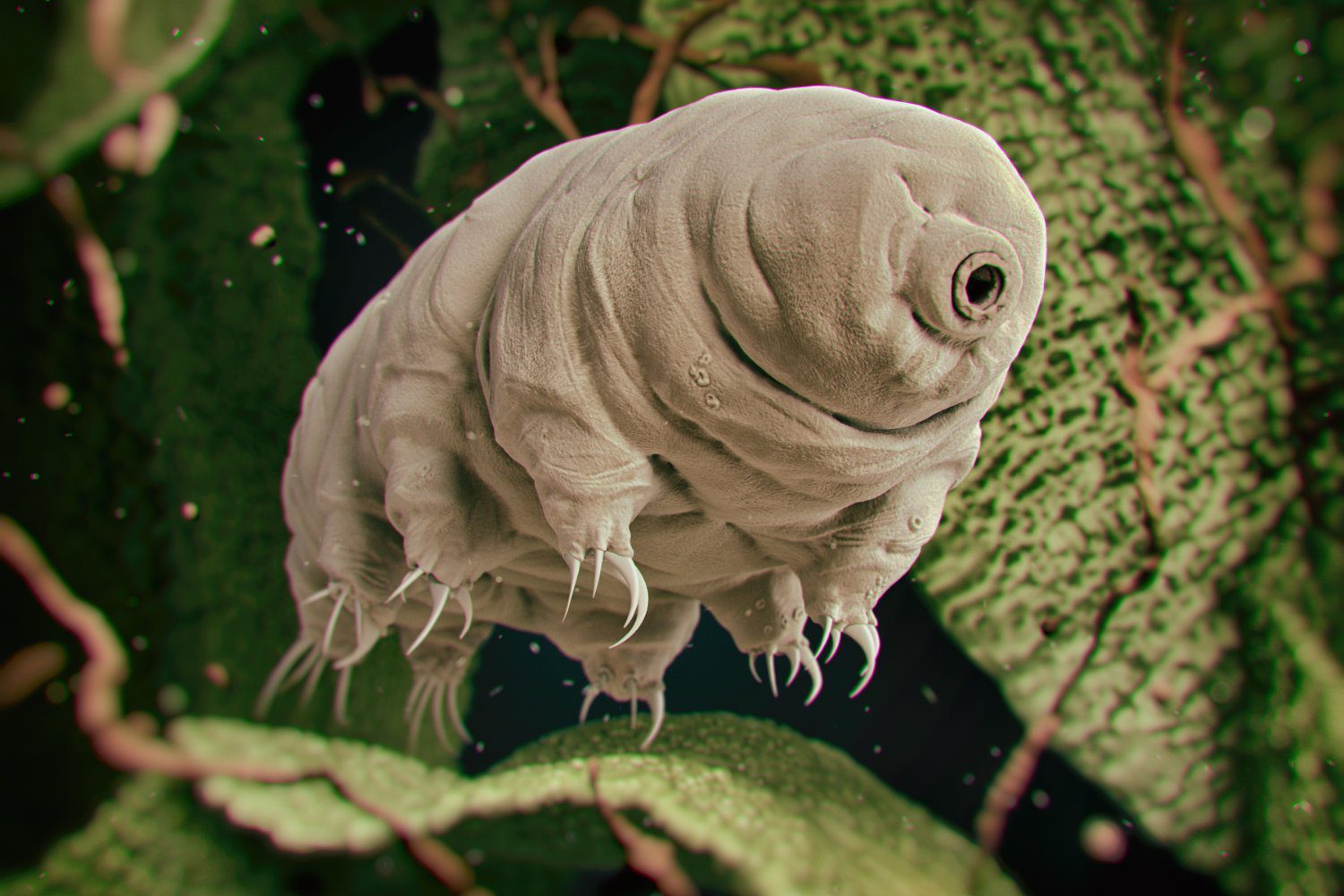
The remarkably cute and incredibly resilient tardigrade, commonly known as the water bear, could potentially revolutionize cancer treatment, making it significantly more tolerable. A recent study has unveiled that a protein produced by these tiny creatures may protect healthy cells from the harmful effects of radiation therapy.
This groundbreaking research, conducted by scientists at MIT, the University of Iowa, and other institutions, was shared on Wednesday in Nature Biomedical Engineering. In experiments involving mice, the team discovered that this protein effectively minimized radiation damage to normal cells while still enabling the radiation therapy to target cancerous cells. These promising findings could pave the way for an essential supplementary treatment for many individuals battling cancer.
Tardigrades are known as extremophiles due to their extraordinary capability to thrive in the harshest environments on Earth, and even in space. One of their remarkable adaptations is their resilience to extreme radiation levels—thousands of times beyond what humans can endure. They achieve this feat by producing a substance known as the damage suppressor protein, or Dsup, which is believed to mitigate radiation-induced DNA damage by binding to DNA strands, thus preventing them from breaking apart.
The research team aimed to explore the possibility of safely transferring this radioactive resistance from tardigrades to other organisms, beginning with mice.
By utilizing mRNA technology, the researchers facilitated the temporary production of Dsup in specific mouse cells for just a few hours before exposing them to radiation. They specifically targeted cells in the mouth and rectum, as radiation is frequently employed to treat cancers in these regions.
Similar to their tardigrade counterparts, the mice showed enhanced protection against radiation damage. Additionally, in trials involving mice with oral cancer, the mRNA treatment did not hinder radiation’s effectiveness in eliminating surrounding tumor cells.
As the researchers noted in their publication, “The strategy may be broadly applicable to protecting healthy tissue from DNA-damaging agents.”
However, this research is still in its early stages and requires further investigation and refinement to ensure its safety and practicality for human use.
The scientists intend to develop an improved version of the protein that minimizes the risk of triggering adverse reactions from the human immune system. Moreover, researchers elsewhere have recently identified tardigrade species exhibiting even greater resistance to radiation, indicating that Dsup is merely one of several protective tools available to us. If this research continues to advance, it could offer substantial benefits to the approximately 50 to 60% of cancer patients undergoing radiation therapy.
The Dsup protein could also serve as a potential defense against space-related radiation for astronauts or help protect cancer patients from other treatment-induced DNA damage, including chemotherapy drugs, according to the researchers.
“Radiation can be highly effective for various tumors, but we acknowledge that the side effects can be substantial,” explained study co-author Giovanni Traverso, an associate professor of mechanical engineering at MIT and a gastroenterologist at Brigham and Women’s Hospital, in an interview with MIT News. “There exists an unmet need to assist patients in reducing the risk of damage to neighboring tissues.”
Tardigrades have captivated scientists and laypeople alike due to their myriad of defenses. With some luck, we may be able to harness a fraction of their extraordinary capabilities for our own benefit in the future.









